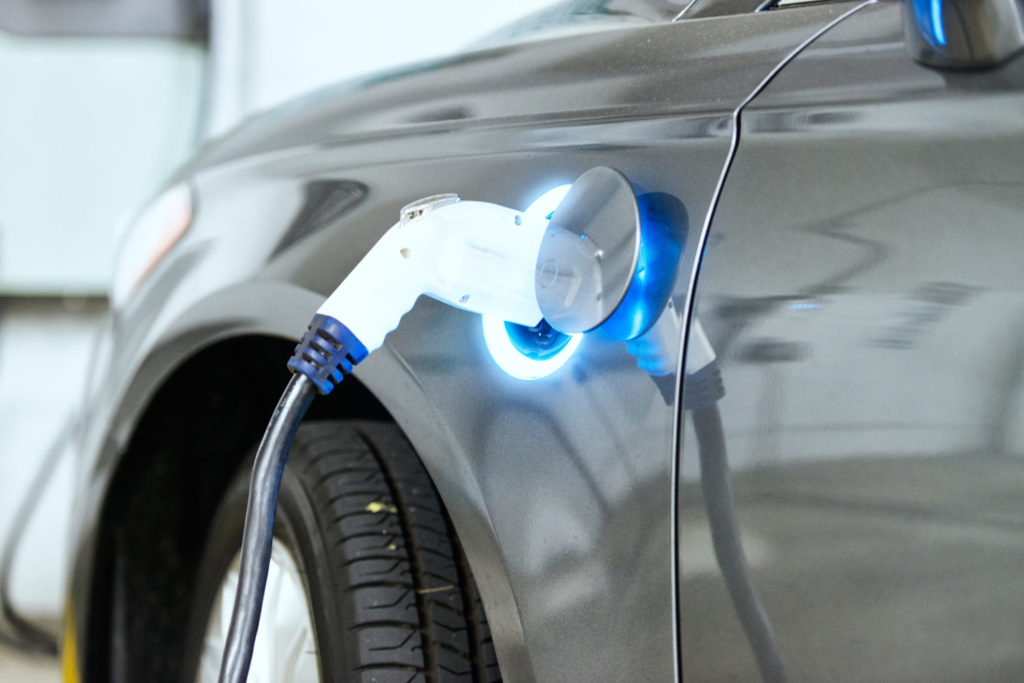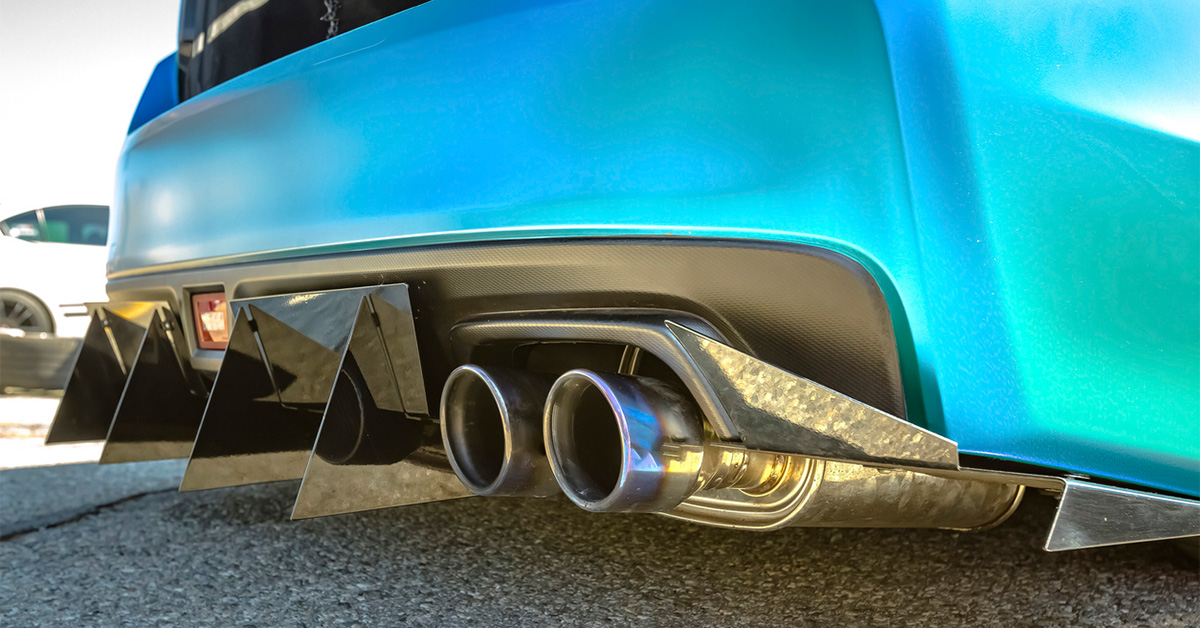The rising cost of gas and insurance are the top reasons why people hesitate to spend money on buying a new car. Most people already feel maxed out financially and car ownership may feel overwhelming. However, you might be paying too much as a legal driver in California. There may be areas where you can save money in order to invest in buying a new car this year.
Don’t assume that an electric car is out of your budget. There are certain rebates and incentives offered when buying a car. Do you know about all the state and federal green-car rebates and electric-car incentives manufacturers offer? Do you know how much money you can save in the long run when you don’t have to buy gas? These two considerations combined may make buying an electric car your cheapest option in the long run. You should also look at the pros and cons of buying a new car versus a used one. You may still be eligible for a Clean Vehicle Rebate (CVH) if you live in California and other states even though you’re not buying a new car.
Below are all the ways you can avoid paying too much when you’re buying a car.
New Car Incentives
There are many types of incentives available when you buy a new car, such as tax credits and vehicle rebates. Clean Vehicle Rebates (CVR) are offered at both the state and federal level. These rebates are a fixed amount of money you’ll receive for purchasing a clean vehicle. For example, California’s DriveClean program encourages people to buy hybrid or electric vehicles. When you visit DriveClean’s website, you can browse different models and makes to see what incentives the manufacturer is offering in your state. If you do not live in California, find out what incentives your state offers here.
Tax Credits
 There are federal tax credits for all electric and plug-in hybrids. In fact, you can earn anywhere between $2,500 and $7,500 in credits for buying a green car. All you have to do to claim the credit is fill out an IRS Form 8936. The credit amount depends on the capacity of the car’s battery usage. Receiving a huge tax credit may make buying an electric vehicle an affordable option for you. Visit fueleconomy.gov to see what each type of green car offers in federal tax credits. Remember, California has a 10% sales tax and you’ll be taxed for the full price before any rebate is subtracted.
There are federal tax credits for all electric and plug-in hybrids. In fact, you can earn anywhere between $2,500 and $7,500 in credits for buying a green car. All you have to do to claim the credit is fill out an IRS Form 8936. The credit amount depends on the capacity of the car’s battery usage. Receiving a huge tax credit may make buying an electric vehicle an affordable option for you. Visit fueleconomy.gov to see what each type of green car offers in federal tax credits. Remember, California has a 10% sales tax and you’ll be taxed for the full price before any rebate is subtracted.
Manufacturer Rebates
Maybe you’re not quite ready to let go of a gas-fueled vehicle. There are still other incentives offered by manufacturers even if you’re not buying an electric car. Manufacturers rebates are cash-back amounts paid after the purchase of a vehicle. These rebates are also taxed for the full sticker price of the car before the rebate is subtracted. This always applies in California, but not in all states. People love getting cash back for buying something they needed anyway. Make sure to do your research if buying a new car is going to weigh heavily on your budget.
Buying A New Car versus A Used Car
Buying a new car is not your only option. Many people are hesitant to buy a used car, but when you buy used from a dealership, you will have a warranty. If you’re very anxious about buying a used vehicle, consider buying an extended warranty.
These days, there are so many ways of finding out if a car has been in an accident. So, there’s really not much a previous owner can hide from you. You can run a Vehicle History Report using a car’s VIN number. You’ll see how many owners the car or truck has had as well as mileage rollback alerts. You’ll also be informed if it’s been deemed a “lemon.” You can do a VIN check through government-run public VHR services but you’ll likely get a more thorough VHR through a private service. You can find several to choose from online.
Other Costs Come With Buying A New Car
There are other costs to consider when buying a new car. The two main costs will be your car payments and your Car Insurance. You may want to consider purchasing additional coverages to add to your policy for better financial protection after buying a new car.
Car Payments
Most people do not pay for a new car in full. So, you’ll probably have monthly car payments. When you’re making payments on a car, you’re required to carry full Auto Insurance coverage. It makes sense that creditors expect full coverage on the vehicle when its value is at its highest. If you get into an accident, even in a fairly affordable car, you’d be liable to pay back whatever the loan payoff was the day you got into the accident. Auto Insurance will often carry most, if not all, of that debt.
Car Insurance
 Yes, Auto Insurance is a very real cost to consider when buying a new car. This is especially true if you are financing or leasing a vehicle because Car Insurance is based on the total worth of a car. Also, if you got a huge rebate, you will still pay to insure the total worth of the car.
Yes, Auto Insurance is a very real cost to consider when buying a new car. This is especially true if you are financing or leasing a vehicle because Car Insurance is based on the total worth of a car. Also, if you got a huge rebate, you will still pay to insure the total worth of the car.
Maybe you bought your car without taking out a loan. You should still purchase Collision and Comprehensive coverage on a new vehicle, especially an expensive one. If you total your car, you’ll be at a total loss for the money you paid for it without the additional coverage. Collision and Comprehensive coverage will also cover damages caused by an accident with wildlife or damages caused by harsh weather. Saving a few dollars a month by only buying Liability Insurance could end up costing you more in the end.
Gap Insurance
Also, if you owe more than the market value of your car, you should consider buying Gap Insurance. Your basic Auto Insurance policy will only cover the value of the car. Without Gap Insurance, you’ll likely owe money on top of what your policy covers if you’re involved in a total-loss accident.
Get A Free Quote First
Before buying a new car, you can get a rough estimate for your monthly insurance payments by calling an insurance agent. Let them know the model and year of the car you’re interested in purchasing. You’ll also need to know the mileage of the car if it’s used. Get several quotes at once for free when you call a reliable Insurance Specialist at (855) 919-4247.
The information in this article was obtained from various sources. This content is offered for educational purposes only and does not represent contractual agreements, nor is it intended to replace manuals or instructions provided by the manufacturer or the advice of a qualified professional. The definitions, terms and coverage in a given policy may be different than those suggested here. Such policy will be governed by the language contained therein. No warranty or appropriateness for a specific purpose is expressed or implied.


